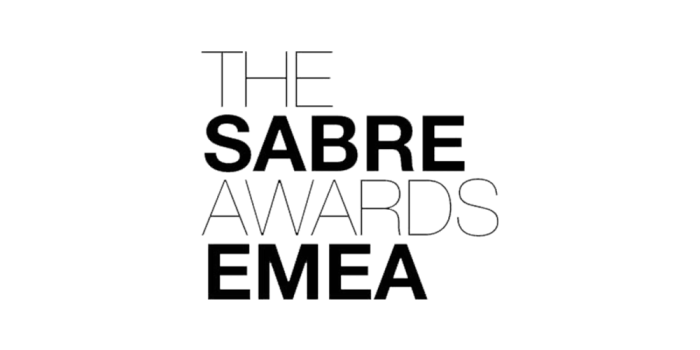“A person whose sole purpose in life is to seek out people to argue with on the internet over extremely trivial issues. Such arguments can happen on blogs, Facebook, Myspace and a host of others.” – Urban Dictionary
Social Media is a great tool for both brands and consumers. For brands, it offers the opportunity to reach potential customers who care about your products or services much quicker and easily, as well as communicate your key message in a more engaged environment. By shedding the traditional image of a corporate and stuffy enterprise that exists solely to make profit, it allows businesses to build an audience of avid fans all over the world ready to recommend you to others.
For consumers, it’s forced brands to become more transparent. Customer Service is now a traceable assist that brands cannot risk ignoring. Of course, this means that behind the safety of their smartphones or keyboards, internet users can now publically broadcast their satisfaction or dissatisfaction with you, and they will.
A troll and an unhappy customer is not the same thing. It’s vital that brands understand this. An unhappy customer is looking to be heard in order to find a solution to their problem. Ignore them and you risk alienating your entire community by demonstrating that you don’t care about their business. A quick and helpful response to this will show your entire online audience that you’re listening and care about your customers and can easily defuse the situation. In some cases, it can actually improve your customer relationships.
A troll on the other hand is not looking for a resolution. They exist solely for the limelight praying on the social media feeds of active brands in order to be heard. Persistent disruption is their only goal, which they usually achieve through posting mindless abuse and heckling. Sadly, the more successful your social media channels and the more active and larger your community, the more trolls you will attract. A recent YouGov poll showed that 1 in 4 internet commentators have admitted to trolling and 27% of British people who post online admit to behaviour that could count as trolling – among young people the figure is 43%!
Here are 3 ways brands can handle internet trolls:
Set a Code of Conduct
By spelling out the basic rules of appropriate conduct that you allow on your social channels – i.e. present yourself and opinions in a professional and respectful manner – as well as the consequences for failing to adhere to the rules, you’re making it clear what behaviour you will and will not accept on your social media channels.
It’s important to state the following course of action:
I. Offensive and irrelevant comments will gets removed
II. If continued, the user will be given a direct warning
III. The user will be blocked and removed
While the formula will not stop determined trolls from their harassment, it will set the ground rules for the community at large.
Don’t feed the trolls
Trolls are like young children. They want your attention and will throw all kinds of nasty tantrums to get it. Like dealing with tantrum-throwing toddlers, trolling is another one of those bad behaviours that is best handled by ignoring it. If you do, it usually goes away. Trolls will initiate discourse solely to antagonise and disrupt your community. They want to start fights. Trying to reason with them is a waste of time.
Take action if necessary
In some cases however, where the trolling has been particularly grotesque, it’s best to respond in order to prevent a situation from escalating and other trolls from jumping on the bandwagon. The best way to respond is by replying as soon as possible to take control of the situation. Neglecting this and allowing your social channels to become a public forum for their abuse will turn away your potential audience, will make a mockery of your assertiveness and more dangerously, make your fans and existing customers lose faith in your resolve.
Remember, trolls want you to get upset. By responding aggressively, you’ll damage your own reputation. Retorting in a calm and collected manner to establish your authority and assertiveness against online abuse is the most effective strategy.
While turning off your comments option should be your last resort as it reduces the ability for your customers to provide feedback and interact with you, if it’s seriously impacting your brand, it should be considered.
Remember that trolling is not allowed on most social media channels: bullying is a violation of Facebook, Twitter and Instagram’s policy so make use of those ‘Block User’ and ‘Report Abuse’ options.
Sakhita Sharma






